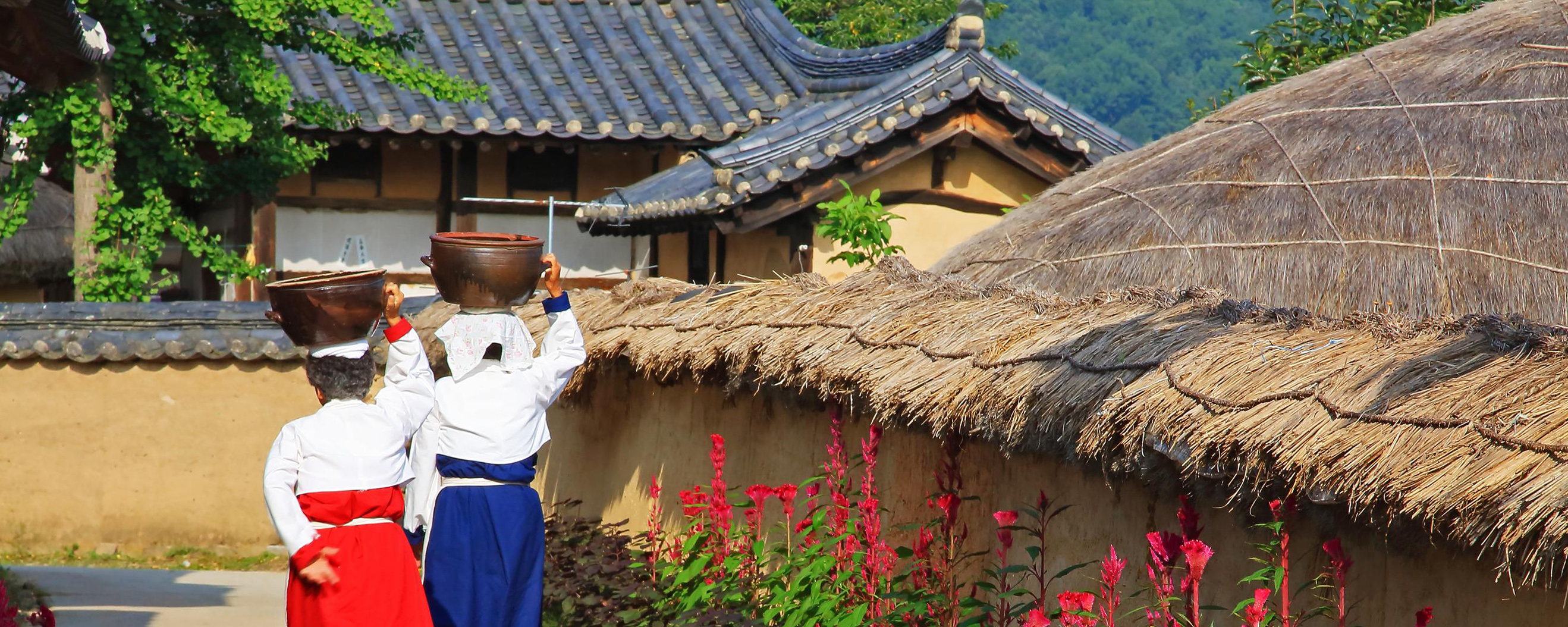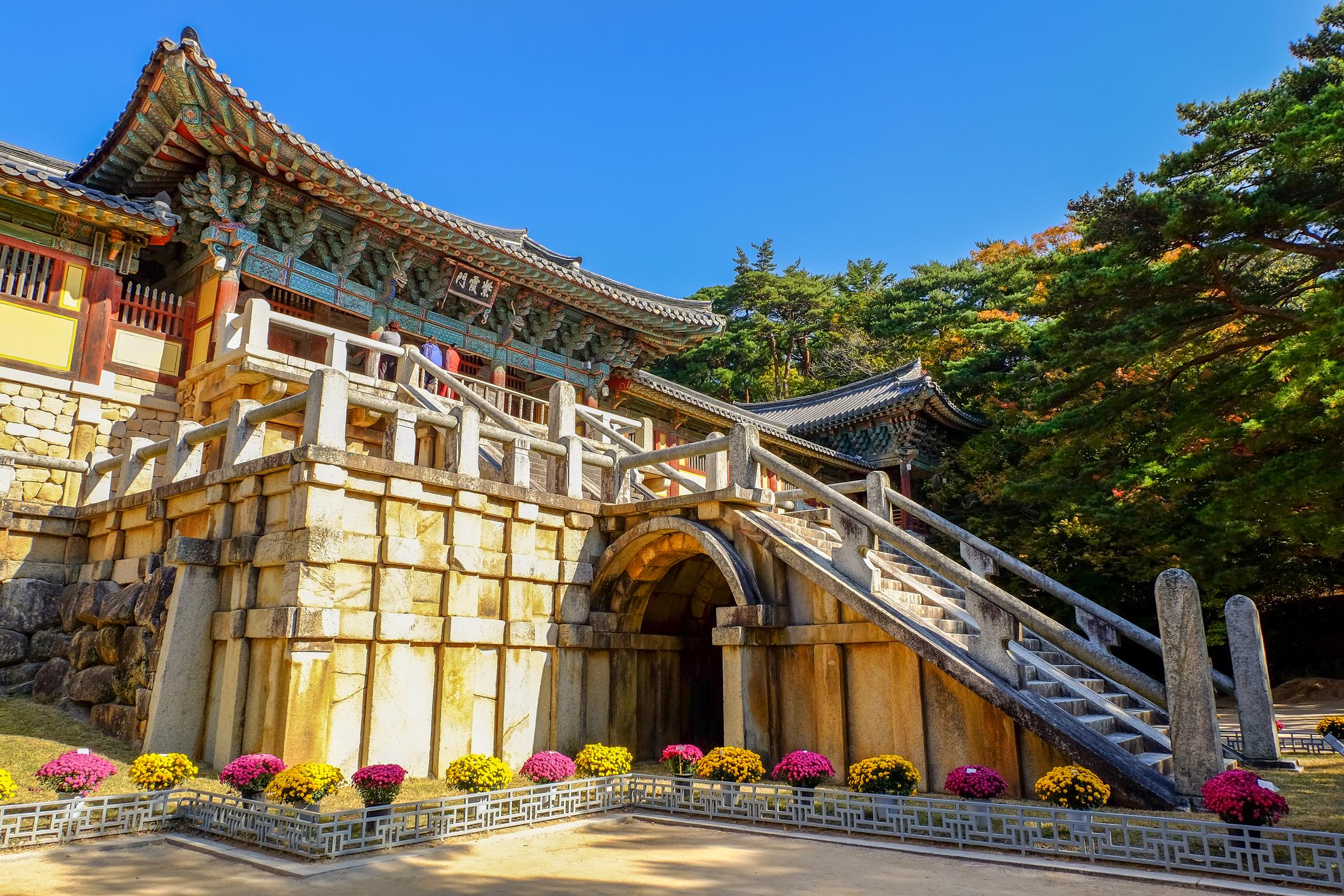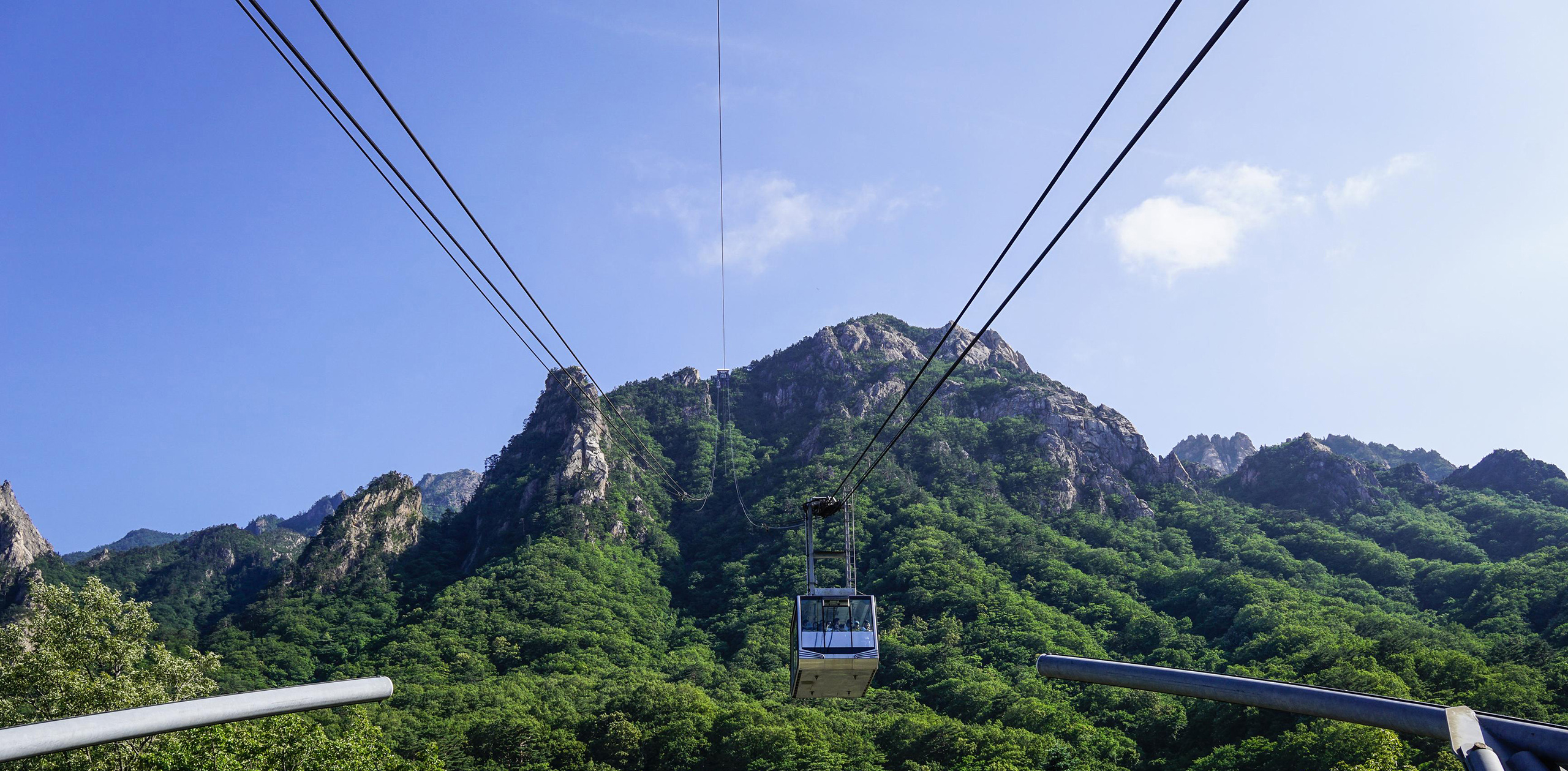
Andong
If it’s tradition you’re after, Andong will get your senses tingling: a journey through the city’s sumptuous surrounding countryside will allow you to enjoy the sights and sounds – and some of the more pleasant smells – of a Korea now almost extinct.
Andong functions as a gateway to Korea’s days of dynasty – some of the country’s most beguiling sights lie just a short ride away, through the rice paddies and around the pine-covered mountains surrounding the city.
Chief among the nearby attractions is the impeccably photogenic Hahoe village, where more than a hundred thatched-roof hanok cottages – some home to the same clan since the 16th century – huddle together in the embrace of a gentle river. Unlike many of Korea’s other “folk villages”, this one’s completely genuine – a real place with real people living real lives, albeit at a deliberately slow pace. Unlike anywhere else in Korea, there’s not a convenience store in sight, while those lucky enough to be here in colder months may see the countryside air thicken with smoke from the wood still used here for traditional underfloor heating.
On the other side of Andong is Dosan Seowon, an ancient Confucian academy where the children of the yangban elite were once trained. Its stately, almost temple-like buildings are surrounded by some truly gorgeous countryside – if you’d like a sneaky peek, just check out the back of a thousand-won note.
Andong itself is an unhurried city – deceptively so, since it may well launch a stealth attack on your waistline. Alluringly aromatic, Andong jjimdak – braised chicken with glass noodles and marinated veggies – is famed throughout the nation, while Koreans also go wild here for salted mackerel and a soy-sauce local version of bibimbap. And if that’s not enough, note that Andong’s version of soju, Korea’s favorite spirit, can be more than twice as strong as any other.


